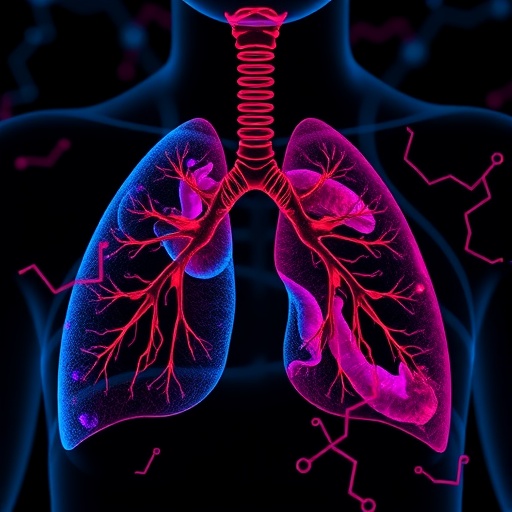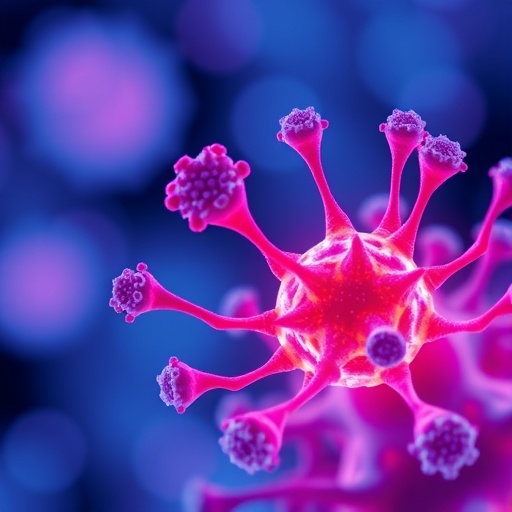CHAPEL HILL – Testicular germ cell cancer, a disease that is rare but growing in incidence in men in the United States, is considered to be among the most curable of solid tumors. Now researchers from the University of North Carolina Lineberger Comprehensive Cancer Center and a consortium of institutions have discovered the genetic and genomic characteristics that define the disease.
In a collaborative effort of The Cancer Genome Atlas Research Network, which is a multi-institution effort to map the genetic and genomic changes in cancer, researchers analyzed 137 testicular germ cell tumors for potential mutations and other molecular changes. They identified molecular features of testicular germ cell cancers that could inform future efforts to improve treatment decisions, and help monitor patients to see if their cancer has come back.
"We now have a better understanding of the molecular characteristics of the histological subtypes of testicular germ cell cancers," said UNC Lineberger's Katherine Hoadley, PhD, assistant professor in the UNC School of Medicine Department of Genetics, and the study's corresponding author. "There is a strong epigenetic component to testicular cancer tumorigenesis."
Testicular cancer is a rare cancer in the United States, with about 9,310 new cases and 400 deaths occurring each year, according to the American Cancer Society. The disease is considered to be among the most curable solid tumors, with 95 percent of patients living five years, according to the National Cancer Institute. Researchers say research is needed to help stratify patients by risk to avoid over treatment and potential side effects, as well as to better monitor them after treatment.
"Risk stratification, currently based on clinical factors and serum tumor markers, is critically important in a disease with issues related to both under-and-over treatment," said UNC Lineberger's Matthew Milowsky, MD, co-director of the UNC Lineberger Urologic Oncology Program, and professor in the UNC School of Medicine Division of Hematology/Oncology. "The great majority of patients with good-risk, advanced testicular germ cell tumors are cured, however, both early and late treatment-related complications remain problematic."
The researchers found few genetic mutations across the testicular germ cell cancers they analyzed. If they did find recurrent mutations in the tumors, it was only in one type of testicular cancer known as seminoma, and occurred in only one of three genes: KIT, KRAS and NRAS. More commonly, the tumors showed signs of duplicated DNA, or aneuploidy, and defects in their DNA methylation, which dictates whether genes are "on" or "off."
In some cases of the seminomas, they identified mutations in a gene called KIT, which is known to be an important gene in testes development. This subset of seminomas also lacked the methylation marks on their DNA. This lack of marks led researchers to believe that these cancer cells are locked in an early developmental state.
Hoadley and her colleagues also used their findings to identify markers that could potentially be used to monitor patients to see if their cancer had come back. They discovered that certain microRNAs were expressed differently in the different types of testicular germ cell tumors, and could potentially be explored as markers of low risk, or cancer recurrence.
"We found microRNAS that could be used to detect the different types of testicular cancer, and this potentially could be developed into a minimally invasive serum blood test to determine if their cancer has come back," Hoadley said. "We think that could be important for future screening."
Milowsky said while serum tumor markers are being used in clinic to stratify risk for testicular germ cell tumors, this study could point to additional markers that could boost these efforts.
In addition, he said the study's findings could to lead to possible novel targets for therapeutic strategies to reprogram the epigenome, or increase the immune system's response to the tumors.
"Advanced germ cell tumor treatment remains a success story in the field of oncology, however continued research aimed at increasing cure rates in patient with intermediate and poor-risk disease, and decreasing treatment related morbidity are desperately needed," he said.
###
In addition to Hoadley, other authors include Hui Shen, Juliann Shih, Daniel P. Hollern, Linghua Wang, Reanne Bowlby, Satish K. Tickoo, Vésteinn Thorsson, Andrew J. Mungall, Yulia Newton, Aprva M. Hegde, Joshua Armenia, Francisco Sánchez-Vega, John Pluta, Louise C. Pyle, Rohit Mehra, Victor E. Reuter, Guilherme Godoy, Jeffery Jones, Carl S. Shelley, Darren R. Feldman, Daniel O. Vidal, Davor Lessel, Tomislav Kulis, Flavio M. Cáarcano, Kristen M. Leraas, Tara M. Lichtenberg, Denise Brooks, Andrew D. Cherniak, Juok Cho, David I. Heiman, Katayoon Kasaian, MInwei Liu, Michael S. Noble, Liu Xi, Hailei Zhang, Wanding Zhou, Jean c. ZenKlusen, Carolyn M. Hutter, Ina Felau, Jiashan Zhang, Nikolaus Schultz, Gad Getz, Matthew Meyerson, Joshua M. Stuart, The Cancer Genome Atlas Research Network, Rehan Akbani, David A. Wheeler, Peter W. Laird, Katherine L. Nathanson, and Victoria K. Cortessis.
The study was supported by the National Institutes of Health.
Media Contact
Laura Oleniacz
[email protected]
919-445-4219
http://cancer.med.unc.edu/
http://unclineberger.org/news/researchers-map-the-genome-of-testicular-cancer




